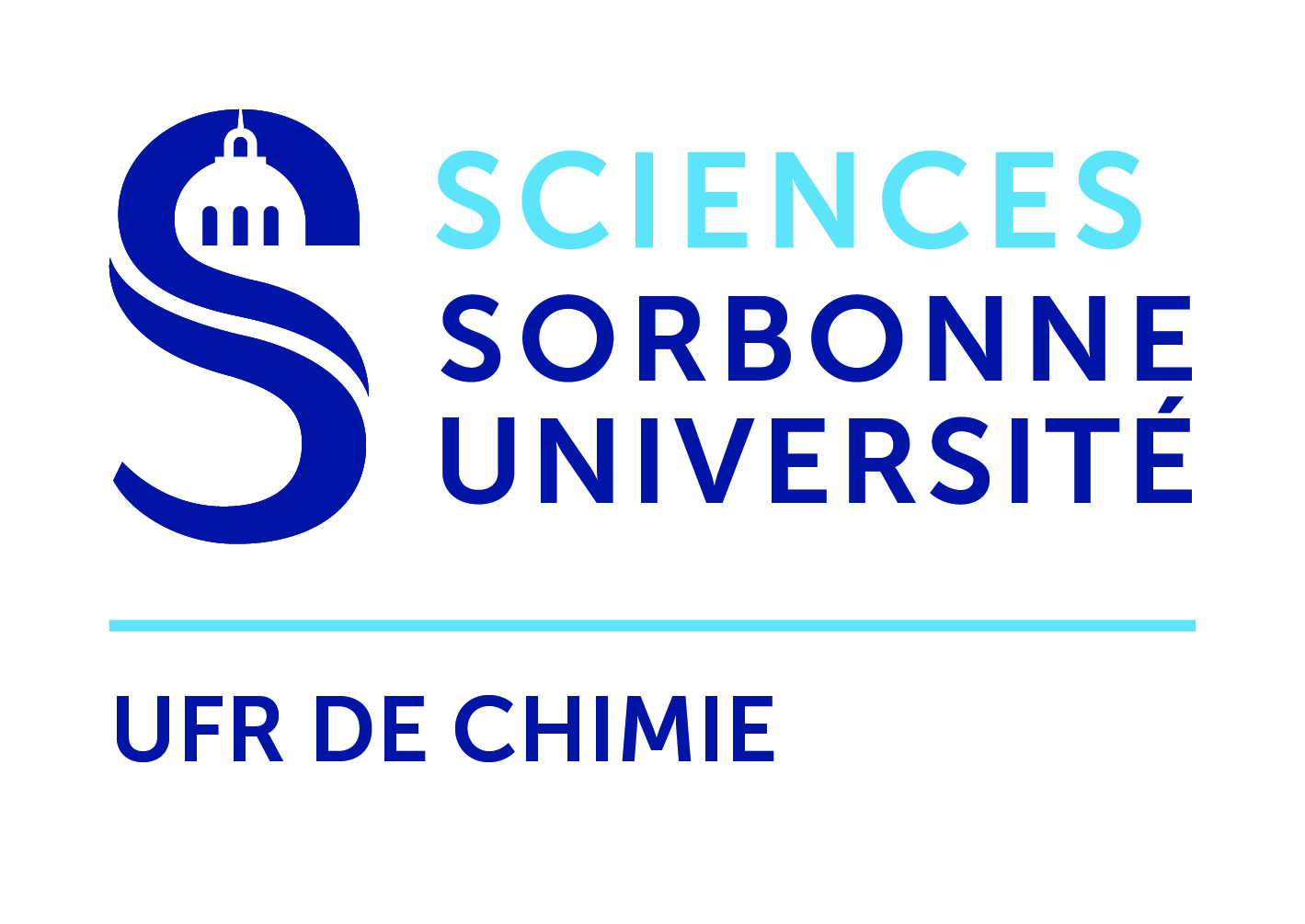Metabolic investigation and auxiliary enzyme modelization of pyrrocidine pathway allow rationalization of paracyclophane-decahydrofluorene formation
Résumé
Fungal paracyclophane-decahydrofluorene-containing natural products are complex polycyclic metabolites derived from similar hybrid PKS-NRPS pathways. Herein we studied the biosynthesis of pyrrocidines, one representative of this family, by gene inactivation in the producer Sarocladium zeae coupled to thorough metabolic analysis and molecular modelling of key enzymes. We characterized nine pyrrocidines and analogues as well as in mutants a variety of accumulating metabolites with new structures including rare cis-decalin, cytochalasan and fused 6/15/5 macrocycles. This diversity highlights the extraordinary plasticity of the pyrrocidine biosynthetic gene cluster. From accumulating metabolites, we delineated the scenario of pyrrocidine biosynthesis. The ring A of the decahydrofluorene is installed by PrcB, a membrane-bound cyclizing isomerase, on a PKS-NRPS derived pyrrolidone precursor. Docking experiments in PrcB allowed us to characterize the active site suggesting a mechanism triggered by arginine-mediated deprotonation at the terminal methyl of the substrate. Next, two integral membrane proteins, PrcD and PrcE, each predicted as four-helix bundle, perform hydroxylation of the pyrrolidone ring and paracyclophane formation, respectively. Modelisation of PrcE highlights a topological homology with vitamin K oxido-reductase and the presence of a disulphide bond. Our results suggest a previously unsuspected coupling mechanism via a transient loss of aromaticity of tyrosine residue to form the strained paracyclophane motif. Finally, the lipocalin-like protein PrcX drives the exo-cycloaddition yielding ring B and C of the decahydrofluorene to afford pyrrocidine A, which is transformed by a reductase PrcI to form pyrrocidine B. These insights will greatly facilitate the microbial production of pyrrocidine analogues by synthetic biology.
Fichier principal
 Chen et al ACS ChemBiol accepted manuscript.pdf (708.38 Ko)
Télécharger le fichier
Chen et al ACS ChemBiol accepted manuscript.pdf (708.38 Ko)
Télécharger le fichier
| Origine | Fichiers produits par l'(les) auteur(s) |
|---|
